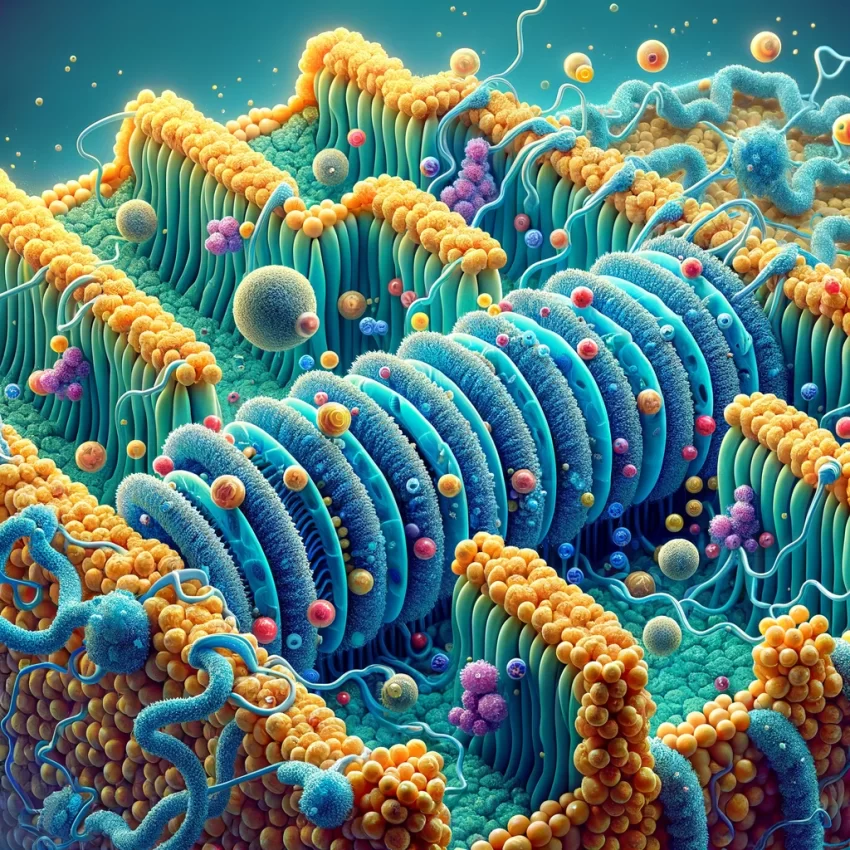| Listen to our audio presentation: High Blood Pressure Information |
The human brain is an incredibly complex organ, composed of billions of neurons that communicate with each other through electrical signals. This communication is crucial for everything we do, from thinking and feeling to moving and breathing. But what happens when something goes wrong with these electrical signals?
One important player in this electrical signaling is a protein called the Slack potassium channel, encoded by the KCNT1 gene. This channel helps regulate the excitability of neurons, which is crucial for their ability to send signals. However, mutations in the KCNT1 gene can lead to serious neurological disorders, including epilepsy and intellectual disability. These disorders are often caused by a “gain-of-function” (GOF) mutation, which means the mutated channel works too well, leading to excessive neuron activity and seizures.
To understand how these mutations affect the brain, scientists have studied a mouse model that carries a specific mutation in the Slack channel known as R455H. This mutation is similar to one found in humans with severe forms of epilepsy. The researchers found that this mutation causes an increase in two types of electrical currents in the brain’s neurons: the potassium current (KNa) and the sodium current (NaV). These increased currents have different effects on different types of neurons.
In excitatory neurons, which are responsible for stimulating other neurons, the increased currents enhance their activity, making them more likely to fire signals. On the other hand, in inhibitory neurons, which help calm down and regulate the activity of other neurons, the increased currents suppress their activity, making them less likely to fire. This imbalance between excitatory and inhibitory neuron activity can lead to hyperexcitability in the brain’s networks, resulting in seizures and other symptoms of epilepsy.
Interestingly, the researchers also found that the Slack mutation affects the expression of NaV channel subunits, which are components of the sodium channels. In particular, the level of the NaV1.6 subunit is increased, which may contribute to the changes in neuron activity. Additionally, the mutation causes an increase in the length of the axon initial segment (AIS), a part of the neuron that is important for initiating electrical signals. This change in AIS length is observed in both excitatory and inhibitory neurons.
One intriguing aspect of this study is the difference in the proximity of the AIS to the neuron’s cell body between excitatory and inhibitory neurons. This difference might influence how the increased potassium currents affect the excitability of these neurons. In excitatory neurons, the AIS is closer to the cell body, which might allow the increased potassium currents to more effectively enhance their activity. In contrast, in inhibitory neurons, the AIS is farther from the cell body, which might contribute to the suppression of their activity.
Overall, this research provides valuable insights into how Slack potassium channel mutations can lead to epilepsy and intellectual disability. By understanding the mechanisms behind these disorders, scientists hope to develop new treatments to help those affected by these conditions.

